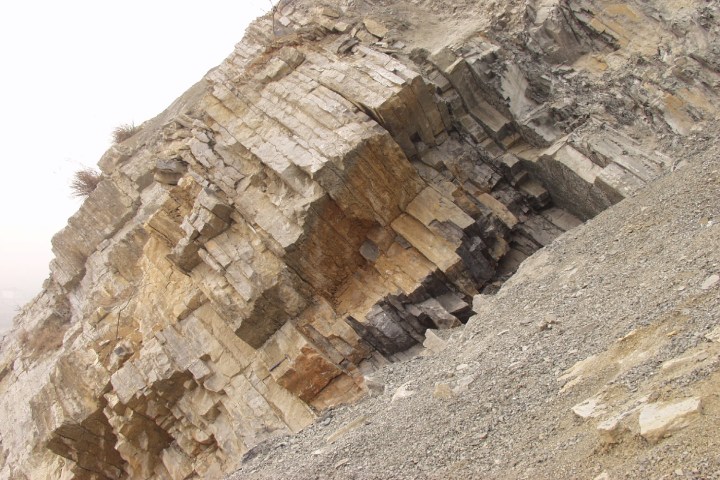
According to MIT’s research paper, the five previous mass extinction events which have taken place over the last 540 million years all involved “thresholds of catastrophe” in the carbon cycle that, once exceeded, lead to an unstable environment that is ultimately bad for things which enjoy living. That’s an issue when you consider the extent to which carbon dioxide emissions have risen since the 19th century, causing a significant spike in the process.
“The study identifies two thresholds for major carbon cycle change,” Daniel Rothman told Digital Trends. “One is a critical rate of change, corresponding to the rate at which CO2 is added to the ocean/atmosphere system. The other, a critical size or mass, corresponds to the total carbon added to the oceans. Exceeding the critical rate at slow time scales — much greater than about 10,000 years — or exceeding the critical size at fast time scales — much less than about 10,000 years — is associated with mass extinction. [The MIT research paper] predicts that the critical mass, about 300 gigatons of carbon, will likely be exceeded sometime this century. If so, following the paper’s logic, the marine carbon cycle would proceed to follow a trajectory which could excite a mass extinction over a period of about 10,000 years.”
Ten thousand years may sound a long time scale in human terms, but Rothman points out that this would be the period over which the entire ecological disaster scenario would take to play out. For things to have reached an “unknown territory” tipping point would only take until the year 2100, at which point he predicts that around 310 gigatons of carbon from human activities will have splashed down in the world’s oceans. In a worst case scenario, this amount could hit 500 gigatons.
Any way to stop it? “Decreasing carbon emissions,” Rothman says, simply.
An article describing the research was recently published in the journal Science Advances.


